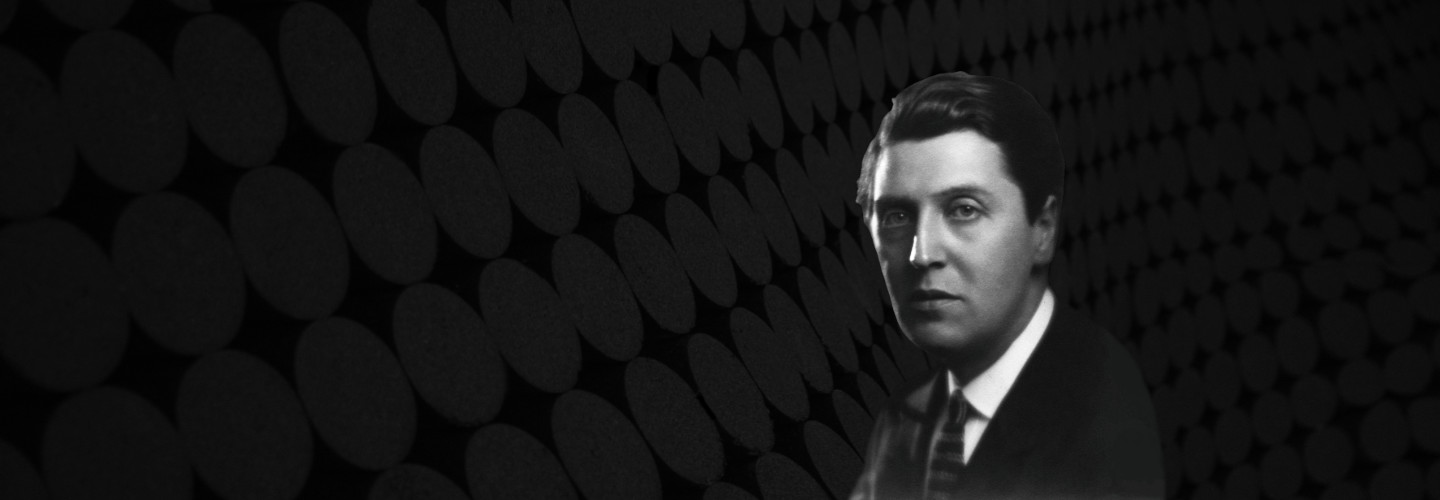
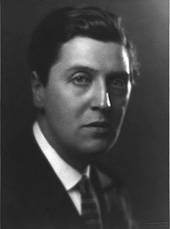
Alban Berg
Lulu
Short instrumentation: 3 3 4 3 - 4 3 3 1 - timp, perc(8), hp, pno, alto sax, str, stage music: 2 fl, 4 cl, alto sax, t.sax, cbsn, 4 jazztpt, 2 jazztbn, sousaphon, jazz drum set(3), pno, bjo, 3 vln, cb
Duration: 60'
Bearbeitet von: Friedrich Cerha
Dichter der Textvorlage: Frank Wedekind
Herausgeber: Hans Erich Apostel, Rudolf Stephan
Übersetzer: Arthur Jacobs
Libretto von: Alban Berg
Klavierauszug von: Erwin Stein
Dedication: Arnold Schönberg zum 60. Geburtstag
Roles:
Lulu ... hoher Sopran Gräfin Geschwitz (II./III. Akt) ... dramatischer Mezzosopran Eine Theater-Garderobiere (I. Akt) Ein Gymnasiast [Hosenrolle] (II. Akt) Ein Groom [Hosenrolle] (III. Akt) ... Alt Der Medizinalrat [Sprechrolle] (I. Akt) Der Bankier (III. Akt) Der Professor [stumme Figur] (III. Akt) ... hoher Bass Der Maler (I. Akt) Ein Neger (III. Akt) ... lyrischer Tenor Dr. Schön
Chefredakteur (I./II. Akt) Jack the Ripper (III. Akt) ... Heldenbariton Alwa
Dr. Schön's Sohn
Komponist ... jugendlicher Heldentenor Schigolch
ein Greis ... hoher Charakterbass Ein Tierbändiger (Prolog) Ein Athlet (II./III. Akt) ... Heldenbass mit Buffo-Einschlag Der Prinz ['ein Afrikareisender'] (I. Akt) Der Kammerdiener (II. Akt) Der Marquis ['ein Mädchenhändler'] (III. Akt) ... Tenor-Buffo Der Theaterdirektor (I. Akt) ... Bass-Buffo (tief) Ein Clown [stumme Rolle] (Prolog) Ein Bühnenarbeiter [stumme Rolle] (Prolog) Der Polizeikommissär [Sprechrolle] (III. Akt) Eine Fünfzehnjährige (III. Akt) ... Opernsoubrette Ihre Mutter (III. Akt) ... Alt Eine Kunstgewerblerin (III. Akt) ... Mezzosopran Ein Journalist (III. Akt) ... hoher Bariton Ein Diener (III. Akt) ... tiefer Bariton
Instrumentation details:
1st flute (+picc)
2nd flute (+picc)
3rd flute (+picc)
1st oboe
2nd oboe
3rd oboe (+c.a)
1st clarinet in Bb (+cl(Eb))
2nd clarinet in Bb (+cl(Eb))
3rd clarinet in Bb
bass clarinet in Bb
alto saxophone in Eb
1st bassoon
2nd bassoon
3rd bassoon (+cbsn)
1st horn in F
2nd horn in F
3rd horn in F
4th horn in F
1st trumpet in C
2nd trumpet in C
3rd trumpet in C
1st trombone
2nd trombone
3rd trombone
tuba
timpani
percussion
harp
piano
violin I
violin II
viola
violoncello
contrabass
stage music: piccolo
flute
1st clarinet in Bb
2nd clarinet in Bb
3rd clarinet in Bb
bass clarinet in Bb
alto saxophone in Eb
tenor saxophone in Bb
contrabassoon
1st Jazztrumpet in B
1st Jazztrumpet in C
2nd Jazztrumpet in B
2nd Jazztrumpet in C
1st Jazztrombone
2nd Jazztrombone
sousaphone
jazz drum set (3 players)
bjo
piano
1st violin
2nd violin
3rd violin
contrabass
Berg - Lulu
Printed/Digital
Translation, reprints and more

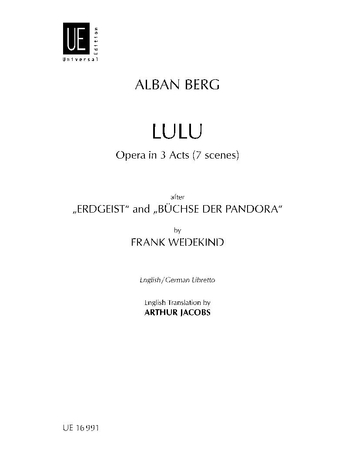
Alban Berg
Berg: LuluType: Libretto/Textbuch
Language: Deutsch | Englisch


Friedrich Cerha
Ergänzende Anmerkungen zum Arbeitsbericht des 3. Akts der Oper "Lulu" von Alban BergType: Buch
Language: Deutsch

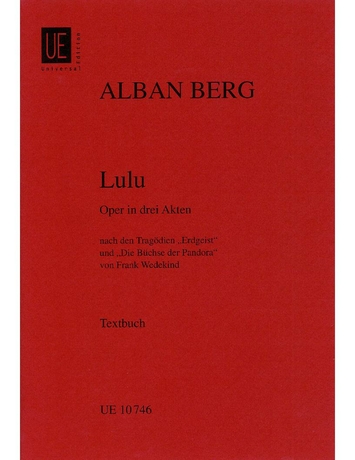

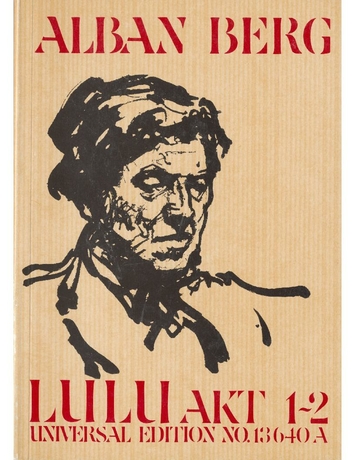

Sample pages
Audio preview
Work introduction
Alban Berg died on 24 December 1935, before he could finish his opera Lulu; the orchestration of the third act is incomplete, existing only as a short-score. Of the 1300 bars of this short score (comprising the totality of Act III), 416 are orchestrated by Berg himself; the best part of the remainder consists of instrumental indications, and the music of 88 bars is somewhat uncertain.
Berg wrote his “Symphonic Pieces from the Opera Lulu,” the Lulu Suite, a year before his death, in order to give the eagerly expectant music world an impression of his new creation.
After a long and thorough study of all the related material and similar consideration of the positive and negative aspects involved, Friedrich Cerha decided to make a playable version of Act III. He worked on it from 1962 to 1974 and, after Helene Berg died, he revised it again in 1976 –1977 and 1981 in light of newly accessible sources.
Since comparison of the short score and the full score of the first two acts and the orchestrated parts of Act III shows that there are no significant divergences, Cerha saw no reason why he should not adhere to the layout as it was set down in the short score.
The posthumous premiere of the first two acts took place in Zurich on 2 June 1937, while the first performance of the entire opera was given on 24 February 1979 in Paris. Cerha’s reconstitution of Act III made it possible to choose between the two-act and the three-act versions.
